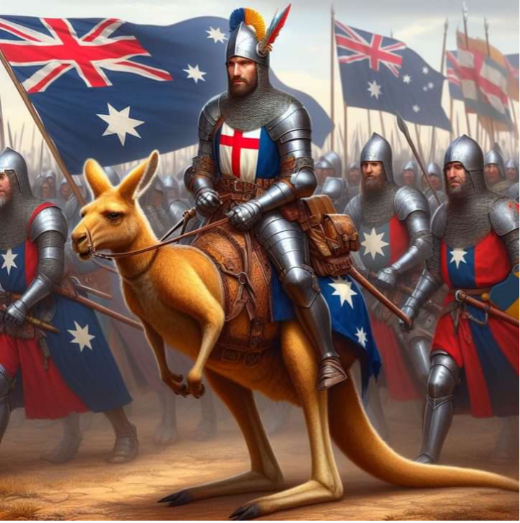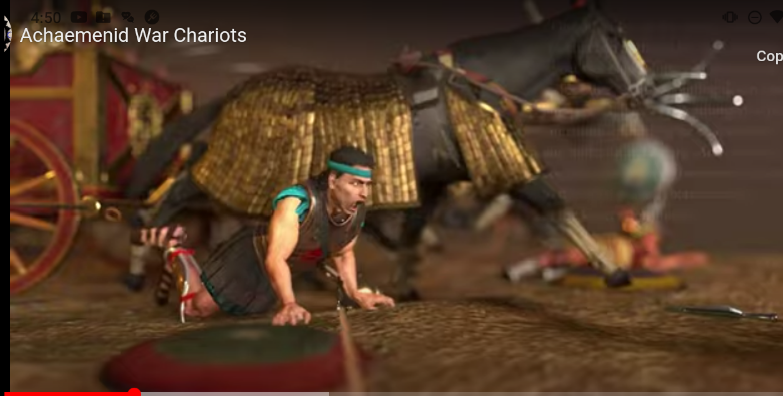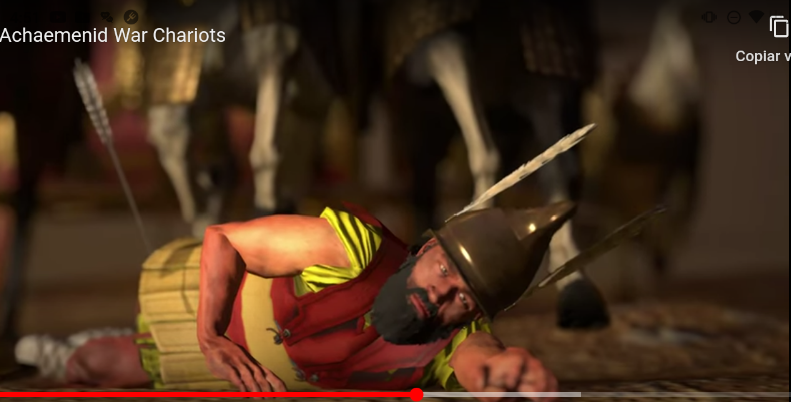-
Posts
24.588 -
Joined
-
Days Won
272
Everything posted by Lion.Kanzen
-
.thumb.png.0d87fc71cb8a644c5d862ceabac1e0d5.png)
[eye candy] Divine statues and myths.
Lion.Kanzen replied to Lion.Kanzen's topic in Tutorials, references and art help
British classical scholar Graham Anderson notes that, in the Odyssey, Odysseus's men kill the sacred cattle of Helios and are condemned to death by the gods for this reason, much like Enkidu in the Epic of Gilgamesh.[25] M. L. West states that the similarities run deeper than the mere fact that, in both cases, the creatures slain are bovines exempt from natural death.[26] In both cases, the person or persons condemned to die are companions of the hero, whose death or deaths force the hero to continue his journey alone.[26] He also notes that, in both cases, the epic describes a discussion among the gods over whether or not the guilty party must die[26] and that Helios's threat to Zeus if he does not avenge the slaughter of his cattle in the Odyssey is very similar to Ishtar's threat to Anu when she is demanding the Bull in the Epic of Gilgamesh. ----- And this is why bulls were sacred on the motorcycles of the ancestors in the Mediterranean and the Near East. We can't not have bulls in our game. -
.thumb.png.0d87fc71cb8a644c5d862ceabac1e0d5.png)
[eye candy] Divine statues and myths.
Lion.Kanzen replied to Lion.Kanzen's topic in Tutorials, references and art help
Divine Sacred Bull. The bull was sacred to the Babylonians. Likely these were aurochs, the ancestors to modern cattle, standing over six feet tall, armed with enormous horns. The chief god of the Babylonians, Marduk, was described as a bull calf, whose father was the sun god, Shamash. In the old Babylonian period, the horns of the bull were associated with the crescent moon. The bull was also associated with the storm and rain god Adad, Hadad or Iškur. The bull was his symbolic animal. He appeared bearded, often holding a club and thunderbolt while wearing a bull-horned headdress. Hadad was equated with the Greek god Zeus; the Roman god Jupiter, as Jupiter Dolichenus; the Indo-European Nasite Hittite storm-god Teshub; the Egyptian god Amun. When Enki distributed the destinies, he made Iškur inspector of the cosmos. In one litany, Iškur is proclaimed again and again as "great radiant bull, your name is heaven" and also called son of Anu, lord of Karkara; twin-brother of Enki, lord of abundance, lord who rides the storm, lion of heaven. The Bull of Heaven In ancient Mesopotamian mythology, the Bull of Heaven is a mythical beast fought by the hero Gilgamesh. The story of the Bull of Heaven has two different versions: one recorded in an earlier Sumerian poem and a later version in the standard Akkadian Epic of Gilgamesh. In the Sumerian poem, the Bull is sent to attack Gilgamesh by the goddess Inanna for reasons that are unclear. The more complete Akkadian account comes from Tablet VI of the Epic of Gilgamesh, in which Gilgamesh refuses the sexual advances of the goddess Ishtar, the East Semitic equivalent of Inanna, leading the enraged Ishtar to demand the Bull of Heaven from her father Anu, so that she may send it to attack Gilgamesh in Uruk. Anu gives her the Bull and she sends it to attack Gilgamesh and his companion, the hero Enkidu, who slay the Bull together. After defeating the Bull, Enkidu hurls the Bull's right thigh at Ishtar, taunting her. The slaying of the Bull results in the gods condemning Enkidu to death, an event which catalyzes Gilgamesh's fear for his own death, which drives the remaining portion of the epic. The Bull was identified with the constellation Taurus and the myth of its slaying may have held astronomical significance to the ancient Mesopotamians. Aspects of the story have been compared to later tales from the ancient Near East, including legends from Ugarit, the tale of Joseph in the Book of Genesis, and parts of the ancient Greek epics, the Iliad and the Odyssey. -
.thumb.png.0d87fc71cb8a644c5d862ceabac1e0d5.png)
===[Gameplay Flaw]===Archer machine guns.
Lion.Kanzen replied to Lion.Kanzen's topic in Gameplay Discussion
@real_tabasco_sauce We need to improve this. -
.thumb.png.0d87fc71cb8a644c5d862ceabac1e0d5.png)
===[Gameplay Flaw]===Archer machine guns.
Lion.Kanzen replied to Lion.Kanzen's topic in Gameplay Discussion
We should lower the acurracy and lower the rate of firing. -
-
Scythian bow.
-
.thumb.png.0d87fc71cb8a644c5d862ceabac1e0d5.png)
Fighting techniques references
Lion.Kanzen replied to Enrique's topic in Tutorials, references and art help
-
We have to fix that. Currently there are archers who shoot very fast, I think it is even very unhuman, I know that archery can be done with that speed but not at great distances or with great power.
-
Romans : Cultural awareness training. The Romans were well versed in how to distinguish their enemies by their culture on the battlefield. More accuracy for shooting for range units.
-
I'm going to make a post about technologies for the next alphas. It will not just be new technologies but new types of technologies.Reversible technologies. I need to have you help me with this @wowgetoffyourcellphone
-
When a new technology is introduced and there is no room to improve, it is best to downgrade the unit and the technology returns it to how it was before. We must downgrade the Kushite archer then upgraded by a tech. With that change. I know how angry they are going to be with that change. The downgrade thing is good to introduce new technologies and leave the units in their current state after going through technology. For example, you say and it seems correct to me that the units have a lot of LoS. The best thing would be to add one or 2 technologies (even more) to improve the LoS, but first the LOS would have to be reduced and then increased with new technologies to the current state. How much is the current LoS? How much is the actual kushite archer firing rating?
-
Thumb rings for Kushites. Bonus for archery units. Accuracy for shooting and faster firing. It would be necessary to rebalance if they already shoot quickly. https://ageofempires.fandom.com/wiki/Thumb_Ring Ethiopians are the equivalent to Kushites. The Ethiopian Archer line already fires 18% faster due to their civilization bonus and have access to Thumb Ring. As a result, they have the fastest firing foot archers in the game.
-
.thumb.png.0d87fc71cb8a644c5d862ceabac1e0d5.png)
[Units] Roles and New paradigm+A28
Lion.Kanzen replied to Lion.Kanzen's topic in Gameplay Discussion
Kushites champion archer Will be more like this. -
.thumb.png.0d87fc71cb8a644c5d862ceabac1e0d5.png)
[Units] Roles and New paradigm+A28
Lion.Kanzen replied to Lion.Kanzen's topic in Gameplay Discussion
Besides: All the references to a unit called "Hypaspists" are much later than the period of Philip, and modern historians have to assume[citation needed] that later sources, like Diodorus Siculus[7] (1st century BC) and Arrian,[8] had access to earlier records. Arrian's phrase tous kouphotatous te kai ama euoplotatous[9]) has frequently been rendered as 'lightest armed', although Brunt [10] concedes it is more properly translated as 'nimblest' or 'most agile' -
.thumb.png.0d87fc71cb8a644c5d862ceabac1e0d5.png)
[Units] Roles and New paradigm+A28
Lion.Kanzen replied to Lion.Kanzen's topic in Gameplay Discussion
But there are AoM Hypaspistai -
.thumb.png.0d87fc71cb8a644c5d862ceabac1e0d5.png)
[Units] Roles and New paradigm+A28
Lion.Kanzen replied to Lion.Kanzen's topic in Gameplay Discussion
Another controversial unit that may be interesting. Hypaspistai or Macedonian Champion I could go from being a hoplite to a swordman, even a commando swordman. The word may have had Homeric and heroic connotations that led Philip II of Macedon to use it for an elite military unit. This unit, known as the Hypaspistai, or hypaspists, was probably armed in the hoplite manner, with a large concave shield (Aspis) and a spear (Dory), in addition to spolas or linothorax body-armor, hoplite's helmet, greaves and a xiphos or kopis sword (though their equipment was likely more ornate than main-line soldiers In set piece battles, the Macedonian Hypaspists were positioned on the flanks of the phalangite's phalanx; in turn, their own flanks were protected by light infantry and cavalry. Their job was to guard the flanks of the large and unwieldy pike phalanx. The armored Phalangites with their sarissas were not particularly agile or able to turn quickly, so hypaspists would prevent attacks on the vulnerable sides of the formation. Their role was vital to the success of Philip's tactics because the Macedonian phalanx was all but invulnerable from the front, and was, with five layers of iron spikes moving in unison, used as the anvil in a hammer and anvil tactic, where the Companion cavalry was the hammer that smashed the enemy against an anvil of thousands of iron spikes. ---- It could be slow and lumbering in hoplite mode and fast and fast in commando mode. Even attack fast like the AoE I swordmen Their role is supposed to fill the gaps in the companion cavalry maneuvers to protect the pikeman infantry. I didn't find any good videos which tells us about the AoE I DE wasn't a popular game. -
.thumb.png.0d87fc71cb8a644c5d862ceabac1e0d5.png)
==[Brainstorming]== for cheats units
Lion.Kanzen replied to Lion.Kanzen's topic in Eyecandy, custom projects and misc.
- 180 replies
-
- 1
-

-
- brainstorming
- art
-
(and 2 more)
Tagged with:
-
.thumb.png.0d87fc71cb8a644c5d862ceabac1e0d5.png)
[Units] Roles and New paradigm+A28
Lion.Kanzen replied to Lion.Kanzen's topic in Gameplay Discussion
Another unit that should stand out as a champion is the Nubian (Kushite) archers. https://isac.uchicago.edu/museum-exhibits/nubia/nubian-archers Archers formed the core of Nubian armies that vied with Egypt for control over parts of the Nile valley, conquered Egypt in the 8th century BC, and confronted the troops of the Assyrian empire. The skill of Nubian archers made them valued members in the military forces of other lands. Egyptian texts as early as 2400 BC note Nubians in Egyptian armies. Representations of Nubian warriors appear in Egyptian tomb models, reliefs, and paintings in all periods of ancient Egyptian history. Nubian archers also served as warriors in the imperial army of Persia in the first millennium BC. Nubians used the bow throughout history Burials of northern Nubian rulers in the 5th century AD show that they still relied on the bow and arrow. Nubia’s elite warriors of the time loosed their arrows from horseback and employed thumb rings to increase the force and accuracy of their shots. In the 8th century Nubian archers fought back Muslim invaders. In their account of the event, the Muslims noted the accuracy of Nubian arrows that drove them away ________ As you can see, it is not a delicate unit, it is very fierce and brave. -
.thumb.png.0d87fc71cb8a644c5d862ceabac1e0d5.png)
[Units] Roles and New paradigm+A28
Lion.Kanzen replied to Lion.Kanzen's topic in Gameplay Discussion
In fact, the ideal is that the units with double function, at least the infantry ones, remain for a long time without being able to use the firing function, since it would be much more interesting if some of them had limited ammunition. That is why it is a paradigm. Because literally 0 AD units could be very flexible for tactics simulating a kind of war gaming, which would make it enter the realm of total war style without ceasing to be a classic rts with base building.(Which is precisely an experience that total war does not have the base building). -
.thumb.png.0d87fc71cb8a644c5d862ceabac1e0d5.png)
[Units] Roles and New paradigm+A28
Lion.Kanzen replied to Lion.Kanzen's topic in Gameplay Discussion
The only problem I see with that is infantry Romans firing 2 pilums each one And after that it will take a while to replace the pilums. -
.thumb.png.0d87fc71cb8a644c5d862ceabac1e0d5.png)
[Units] Roles and New paradigm+A28
Lion.Kanzen replied to Lion.Kanzen's topic in Gameplay Discussion
The idea is to use units that are multifunctional those units that it is very questionable what weapon they used. I remember that in his time the units peltasts era multi task we can called multi role. Consider the following: "Peltasts became the main type of Greek mercenary infantry in the 4th century BC. Their equipment was less expensive than that of traditional hoplites and would have been more readily available to poorer members of society. The Athenian general Iphicrates destroyed a Spartan phalanx in the Battle of Lechaeum in 390 BC, using mostly peltasts. In the account of Diodorus Siculus, Iphicrates is credited with re-arming his men with long spears, perhaps in around 374 BC. This reform may have produced a type of "peltast" armed with a small shield, a sword, and a spear instead of javelins. We could have Athenian peltasats as double function. Another perfect example are the Thyreophoroi. https://en.m.wikipedia.org/wiki/Thyreophoroi -
.thumb.png.0d87fc71cb8a644c5d862ceabac1e0d5.png)
[Units] Roles and New paradigm+A28
Lion.Kanzen replied to Lion.Kanzen's topic in Gameplay Discussion
-
.thumb.png.0d87fc71cb8a644c5d862ceabac1e0d5.png)
[Units] Roles and New paradigm+A28
Lion.Kanzen replied to Lion.Kanzen's topic in Gameplay Discussion
The Persian and Selecucid must be this. It should scare your enemies just like when you see elephants. them just shooting arrows doesn't make them fearsome. -
.thumb.png.0d87fc71cb8a644c5d862ceabac1e0d5.png)
[Units] Roles and New paradigm+A28
Lion.Kanzen replied to Lion.Kanzen's topic in Gameplay Discussion
With scythed Chariot is a mixing with Total War Scythed Chariot and Sythed Chariot from AoE RoR. -
.thumb.png.0d87fc71cb8a644c5d862ceabac1e0d5.png)
[Units] Roles and New paradigm+A28
Lion.Kanzen replied to Lion.Kanzen's topic in Gameplay Discussion
For the secondary attack we need the @bb_'s patch.

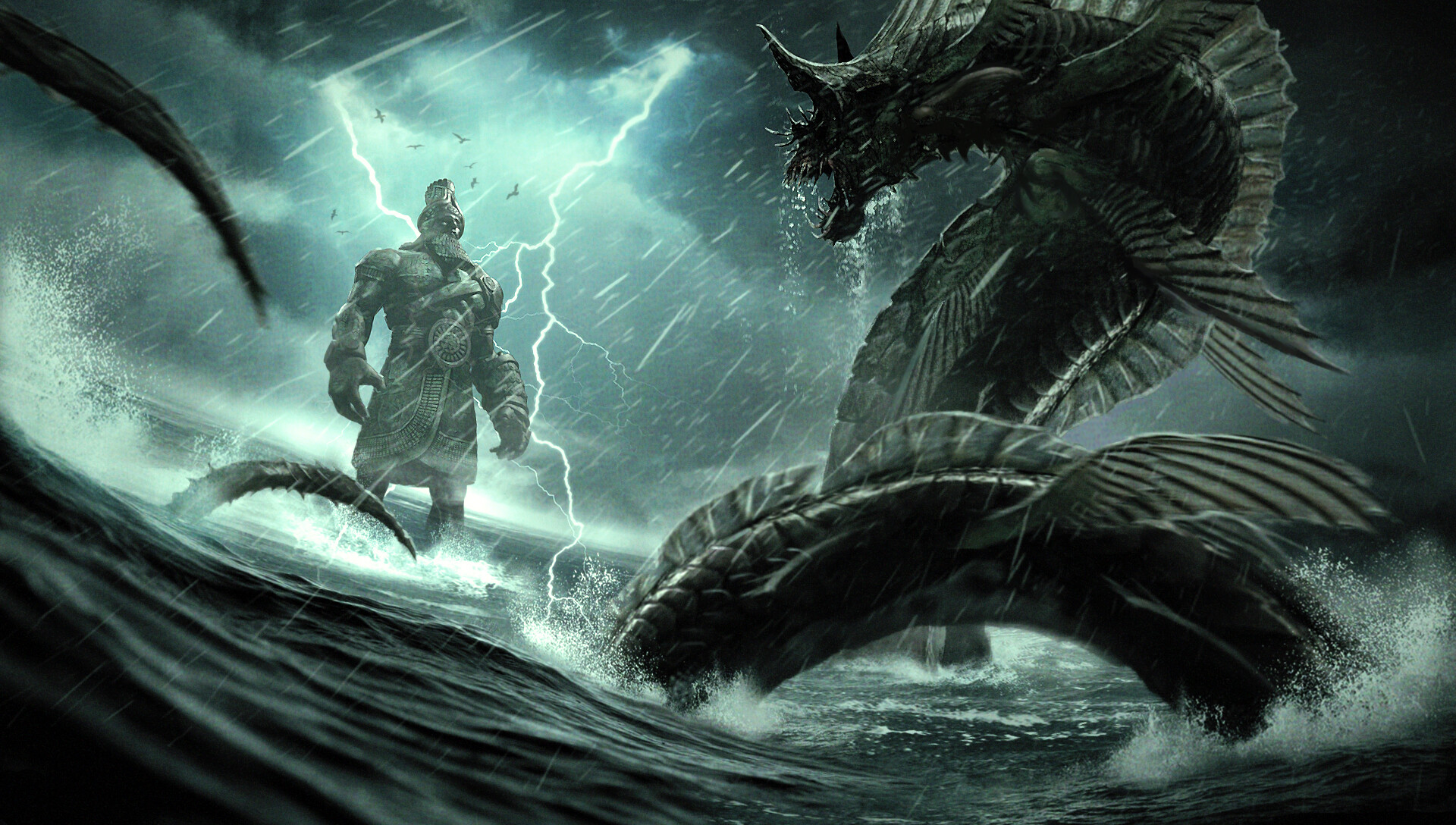
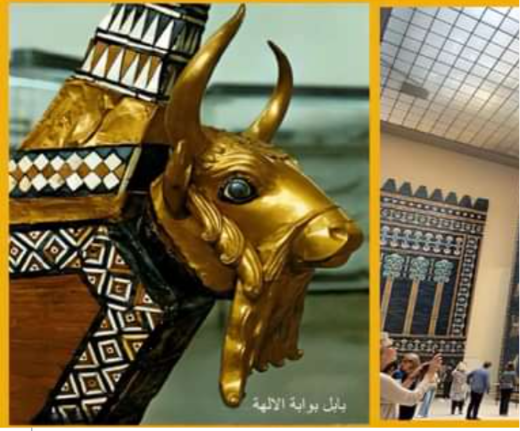
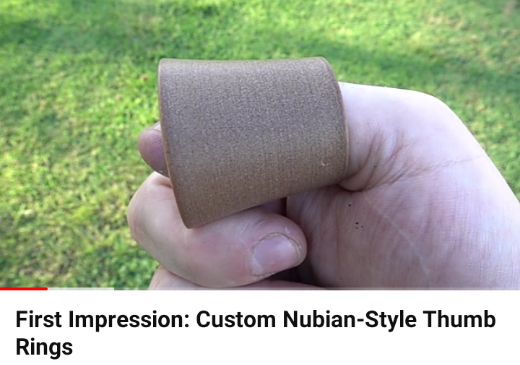
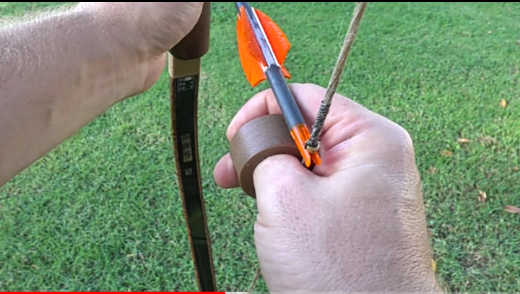
.jpg.02204a568ece7f787fad66f7cebf2eaf.jpg)
